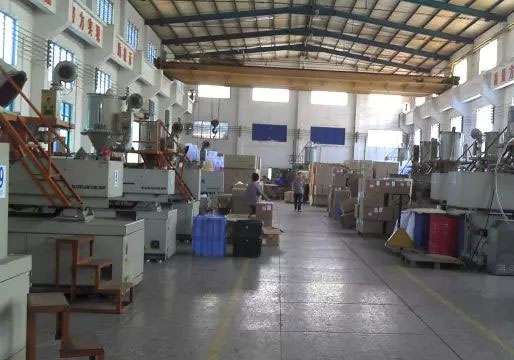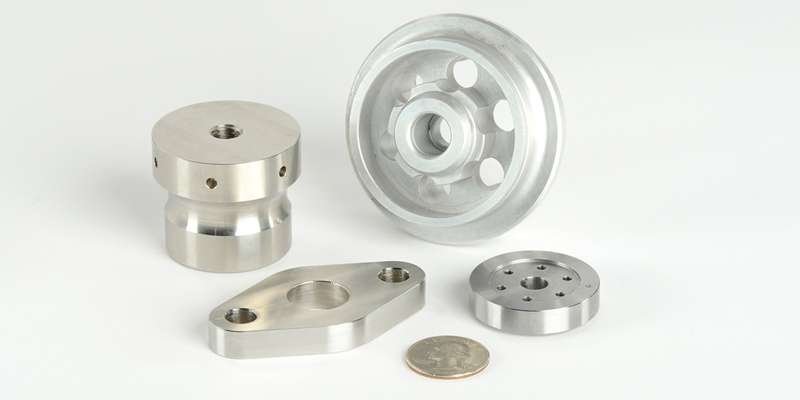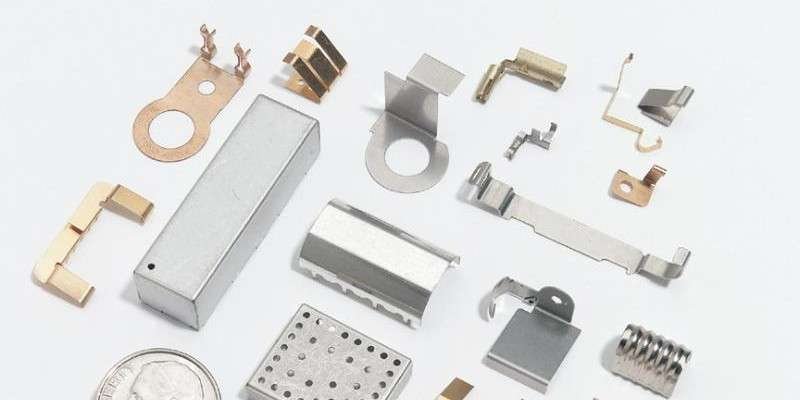Blow molding and injection molding are two forms of plastic product molding processes with similar names that differ when it comes to processing conditions and material considerations; yet these terms mask subtle distinctions that exist. Do you understand what sets injection versus blow molding apart; their similarities, distinctions and which is better; injection or blow molding?

Let’s begin by explaining blow molding (also referred to as hollow blow molding). Blow molding, also referred to as hollow blow molding, is an emerging plastic processing method where thermoplastic resin is extruded or injected into tubular plastic parison before heating until soft and placing it inside a split mold. Once closed, compressed air is immediately introduced into the parison to inflate it against its inner walls causing it to adhere tightly within. After cooling and demolding is completed various hollow products are obtained.
Blown film manufacturing processes resemble blow molding hollow products closely, yet do not utilize molds like injection mold processing does. From an extrusion standpoint, blow molding of blown film usually falls under extrusion when categorised according to plastic processing technology classification while according to production methods can typically be divided between extrusion blow molding, injection blow molding and newer methods like multilayer blow molding and stretch blow molding.
Injection molding entails injecting thermoplastic material into a mold cavity by melting and injecting the plastic material, cooling, and shaping it according to what was designed in the mold cavity. Once in, injection molding allows many details like bosses, ribs and threads to be formed without further processing in one step of this process.



